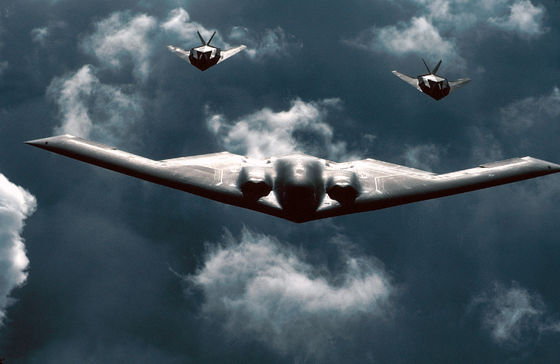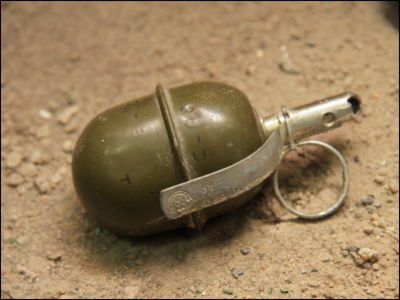What measures are in place to prevent nuclear weapons from accidentally detonating?

Nine nuclear powers in the world possess a total of about 13,000 nuclear warheads, and the number of nuclear warheads operated by the United States alone is
What stops nuclear weapons from accidentally detonating?
https://www.livescience.com/what-stops-nuclear-weapons-from-accidentally-detonating
According to Philip Brig, who studies nuclear nonproliferation efforts at the Middlebury Institute for International Studies in the United States, while early nuclear weapons were fragile and unstable, modern nuclear weapons are highly reliable and unreliable. It is carefully designed to keep you safe. ``In a normal storage environment, the probability that an American nuclear weapon will explode unexpectedly is said to be 1 in a billion. Even in an abnormal environment, it is 1 in a million,'' said Brig.
The abnormal circumstances referred to by Mr. Brig specifically refer to fires at facilities storing nuclear weapons and crashes of aircraft transporting nuclear weapons. In fact, both of these have happened in the past, but in neither case was the nuclear weapon detonated.

The standard for maintaining the safety of nuclear weapons is called '
In order to reduce the probability of a nuclear weapon detonating in an accident to one billionth, the U.S. Department of Energy, which has jurisdiction over nuclear weapons, states, safety mechanisms, and each safety subsystem must be largely independent of each other.”
A 'weak ring' is a device designed to break before a nuclear weapon and not be able to detonate in the event of an accident that could cause a nuclear weapon to malfunction, such as high temperature or shock. A 'strong link', on the other hand, is a detonation system that is separate from the rest of the weapon, designed to detonate only on formal detonation command, rather than invalid signals caused by jammers or malfunctions. The mechanism of this system is that the nuclear weapon will only activate if both the weak ring and the strong link are working properly, that is, if the nuclear weapon is not malfunctioning and the operator of the nuclear weapon intends. is.

And the most important safety measure is the careful management of nuclear weapon parts and the timely replacement of old ones. According to Mr. Bleek, `` boost gas '', which is the fuel for nuclear fusion, is a component of nuclear weapons with a long life. In
Plutonium pits , on the other hand, are the longest-lived parts of nuclear weapons, and can last well over 100 years. A pit is a soccer-ball-sized spherical shell generally made of plutonium, and is the heart of a nuclear weapon that is responsible for causing a nuclear reaction by the aforementioned boost gas and generating a more full-fledged secondary explosion.
In addition to this, nuclear weapons are equipped with a use control function that does not detonate unless a certain procedure is followed, for example, to prevent the warhead of a nuclear missile from detonating in a silo or submarine. In addition, it is said that nuclear weapons are equipped with six safety devices, such as inertial switches and accelerometers, so that the substances that cause nuclear explosions are separated from each other except during activation.

Also, the mechanism by which the nuclear weapon explodes is designed so that it will not explode unexpectedly. According to Mark Bell, a political scientist at the University of Minnesota, there are two main ways to cause a nuclear explosion. The first is the ' gun barrel type ,' which causes criticality by firing a mass of highly enriched uranium at another mass of highly enriched uranium. It is also called the Hiroshima type because the United States used it in Hiroshima. Although this system has a relatively simple structure, it is rarely used as a modern nuclear weapon system due to safety issues.
The second is the ' implosion type ' that compresses plutonium under strong pressure and causes nuclear fission, and most modern nuclear weapons are of this type. Mr. Bell said of this type of nuclear weapon, 'There is not much danger of spontaneous explosion because the material does not reach the critical mass just by being there.'
Mr. Bell points out that nuclear weapons are stolen or used illegally, which is more important than nuclear weapons exploding on their own. For example, US nuclear weapons are equipped with a permissive action link (nuclear launch control device), and even if an ordinary person comes across a nuclear weapon, it seems very difficult to activate it because there is no proper authority or code. It is said that it is.
And even more dangerous is the person who has the authority to launch a nuclear missile carelessly presses the launch button. ``I think the probability of a nuclear weapon being accidentally detonated or being used without permission is much lower than the probability of a nuclear weapon being used carelessly,'' Bell said. There are essentially no checks and balances , or principles of decentralizing power, to stop the ordering of the is more worrying to me than a nuclear accident or accidental detonation,' he said.
Related Posts:
in Note, Posted by log1l_ks







